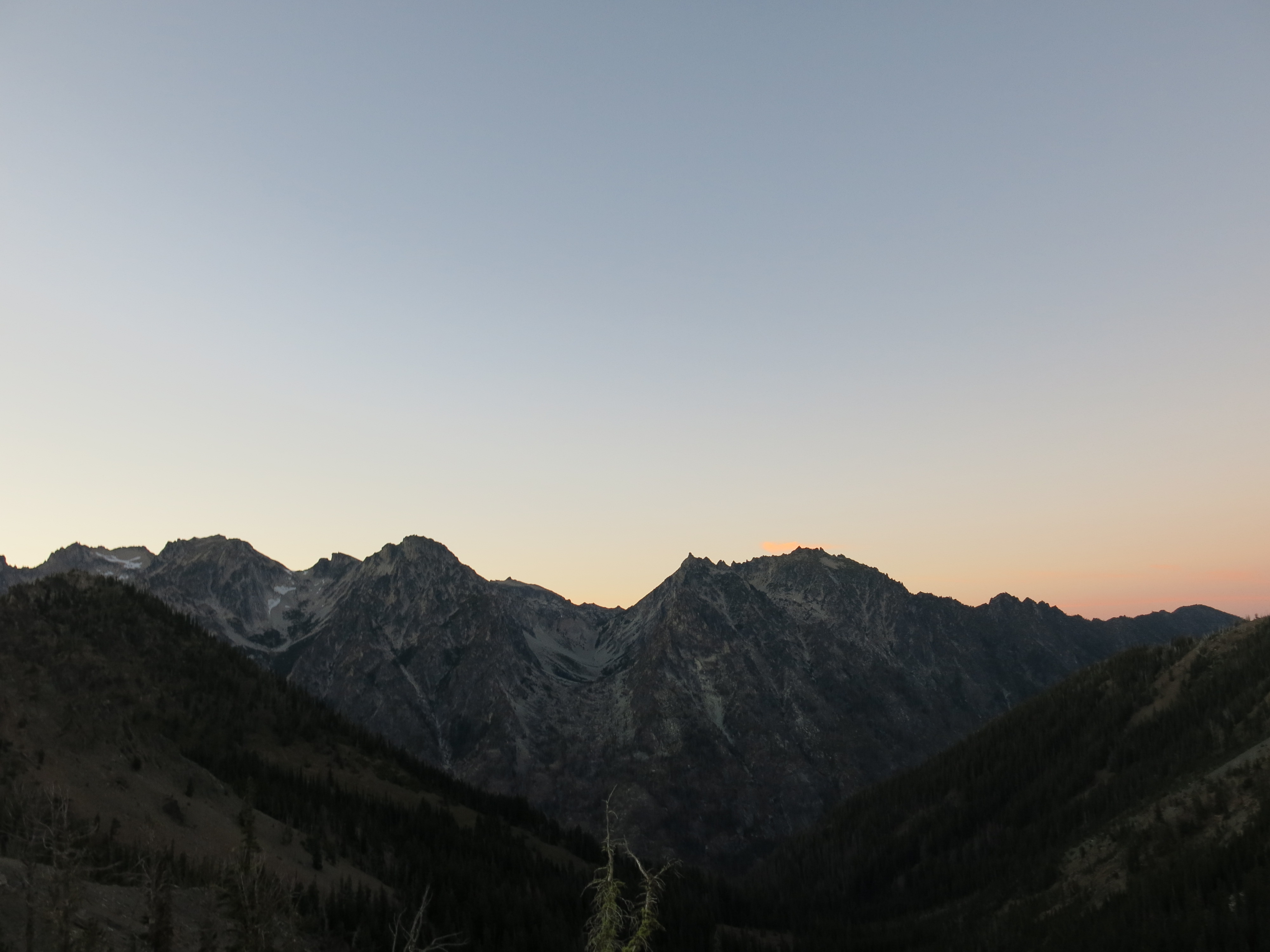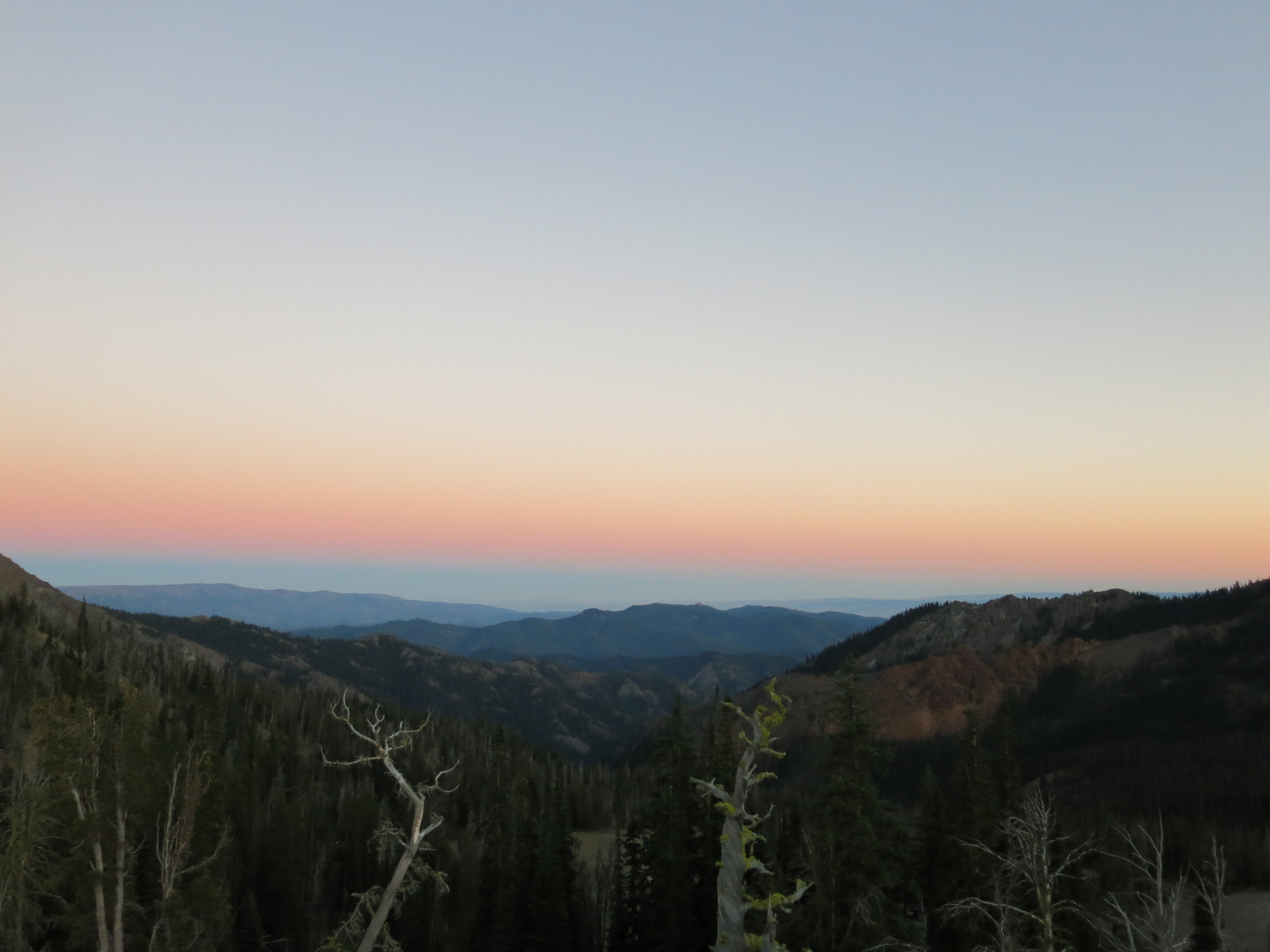Imaginative Realities
Cyber Security and Stray Thoughts
22 August 2020
Reflections for August
by Chris
I finished Noumenon by Marina J. Lostetter last week. I’ve read science fiction (SF) on and off over the years but this past six months SF has consistently been on my nightstand. Perhaps that reflects a desire to escape? Ha.
Books
The topic of genre is fascinating from an anthropological perspective, a subject loaded with questions and debates. For simplicity, I’m going to take popular SF categories for granted and say Noumenon appears to fall into a SF subgenre which tracks an interstellar journey spaning an unfathomable amount of time. In that regard, Noumenon resembles semi-recent works like Children of Time by Adrian Tchaikovsky and even Revelation Space by Alastair Teynolds to an extent. Noumenon stands out as each of its chapters is written from the perspective of distinct crew members at different temporal episodes in the convoy’s journey. These crew are diverse in socio-cultural characteristics as well. If you seek diversity in your SF, this isn’t a bad place to start.
The constant temporal changes may sound confusing, but there are helpful guideposts. The convoy’s artificial intelligence is a regular character throughout the time changes (it’s used for command and control, or some such, Lostetter is specific about this at the beginning but its purpose changes as well). And the AI’s self-/human discovery is fascinating. I’m inexperienced with SF, but my sense is that a popular trope positions AI characters as either inherently evil or as helpful but emotionally simple. The AI character here leans ambiguous to decent and has some character arc. It develops, to use an anthro term, personhood over the course of the book, and that fact is satisfying to watch. There is also another through-line for the crew members, but I’m hesitant to spoil the details. For lack of a better framework, I’ll rely on that the traditional, tired, spectrum and say Noumenon leans more toward “hard” side of SF. That is to say this isn’t Star Wars.
I thought that when Lostetter wrote from the perspective of the AI, or in a more general style about the convoy’s activities as a whole, the book worked better. I found these more abstract/AI-agentive discussions as more speculative and fulfilling in taking a look at the wonder of the universe (some of the plot themes even seem ripped from recent headlines). Though clearly Lostetter had the different goal of a hybrid SF style in mind which blended this “macro” with a “micro” perspective. Most of the book dealt with this smaller scale perspective of the crew and has a different SF focus involving genetics. Lostetter’s depictions of these individuals was less effective because the characters constantly shifted; the reader had no time to get to know them, and if they had any complications, it wasn’t worth investing in them, as they were about to go with the chapter change anyway. Why put in the effort? That said, I’m certainly glad I read it, even if I skimmed a bit.
Finally, a bit of critique. Though, I want acknowledge its a bit unfair of me to go into a critique this of book for its depiction of socio-cultural dynamics since that wasn’t its focus. So I’ll limit myself to one line. This isn’t an anthro text after all. Because Lostetter drops us into different perspectives and moments in time, I found the convoy’s social upheavals underdeveloped and (again with the exception of the AI), at times, tending towards a Manichaean of what woud otherwise be pretty complicated occurances (such as revolution and authoritarianism). Nevertheless, it was a solid book in these otherwise traditional SF subjects.
Backpacking
I got out for another overnight, this time at Navaho Pass. I did myself a favor and tried to pick something that wasn’t directly off of I-90 near Seattle. Navaho Pass, outside of Liberty, WA, lay just far enough beyond the city to filter out hikers drawn to the easily accessible trailheads just off the interstate.
I’d been to this area, called the Teanaway, once before for some snowshoeing last winter. I certainly liked it then. You noticed straight away that the flora and geological formations were a little different from the west side of the Cascades. It was easy to catch those differences, even under the white stuff. Dry forest. Smells combining pine and a fine brown dust. But I didn’t come home with a notion of the grandeur of the area, or its variety of wildflowers.
I’m so glad I went back for this overnight in warm weather. From Navaho Pass you can take in the Stuart Range to the North and rolling foothills to the South. There is a meadow where many camp, some hundreds of feet below the pass. While this is nice spot, heading up to the pass earns you some views (or better yet, for those stronger than I, you can head up to Navaho Peak). Those views become disarmingly moving at sundown:
The hike was a bit more than I’m used to coming from the east coast. Nearly 3000 feet in ascent, though the mileage was a very manageable 5.6 miles. Somehow I made it, and could still stand at the end to set up camp. The trail was in pretty good shape, and it wasn’t particularly technical. I can see why it is popular with trail runners for that reason (I passed a handful). It was in the upper 80s when I did this hike, so it was a bit of a slog in the heat. Guidebooks should tell you, “just keep heading up.” A fine dust coated everything I owned by the end of it. It reminded me of my NOLS instructors’ advice when camping in the sand: “you want to keep sand out of your tent? Five Words: Don’t. Camp. On. The. Sand.”
Kitchen
I’d been eyeing a nakiri style knife for a while, a “vegetable cleaver” as some chefs have dubbed the blade style in English. I’d been hesitant, as the first thing that stands out about the style is the lack of taper in the blade to rock as you chop/slice. I’m pretty dependent on the rock in my chef’s knife. Recently a Kai 6” nakiri went on sale for under $30, so I took a plunge. I’m glad I did.
Many wrist actions and knife features I’ve come to take for granted stand out in using the Kai nakiri. In our kitchen, we typically use a Wustof 8” (really 20cm) chefs knife. The chef’s style of knife, while versatile for many kitchen tasks, has some diametrically opposed features. Don’t get me wrong, they’re both knives. Both will cut. But the similarities end there. For one, the chef’s blade has a more pronounced wedge shape when you look at the blade in profile, with the top of the blade thicker than the cutting edge. Conversely, the Nakiri has far less change in width from the cutting edge to the top, creating less of a wedge shape. To my surprise, this small change has an outsized impact on fine slicing. It is great for things like thin garlic chips.
Next, the cutting edge of the blade is not in-line with my knuckles like other knives. My knuckles are roughly in line on my Wustof or a pairing knife. As the “cleaver” descriptor suggests, the nakiri has a rectangular shape, and the cutting edge is some 1/2” inch below were my hand rests on the handle. This not only gives me more knife to lean on when cutting through something hard (broccoli stems), but also gives you leverage by placing your hand at a distance from the object. To give an example, if I cut a peach with a pairing knife, my knuckles practically scape across the surface of the peach as I cut. That process is something I’ve just become used to, it never caught my attention as a drawback. With the nakiri my hand is at a remove, allowing me to direct the cutting edge in the peach. Granted, the KAI 6” nakiri is a bit large for a peach but you get the idea.
Its not all pleasant discoveries though. The KAI nakiri doesn’t fit in my wooden knife block (a hand-me-down). Probably little surprise there to anyone who thought “cleaver” and immediately asked themselves “where will I put it?” That is, people other than I. And don’t ask me how I’m going to sharpen it. It’s a single-edged blade, so my standby sharpening methods are inappropriate. Maybe it’s time to find a dedicated sharpening service in my community.
tags:
